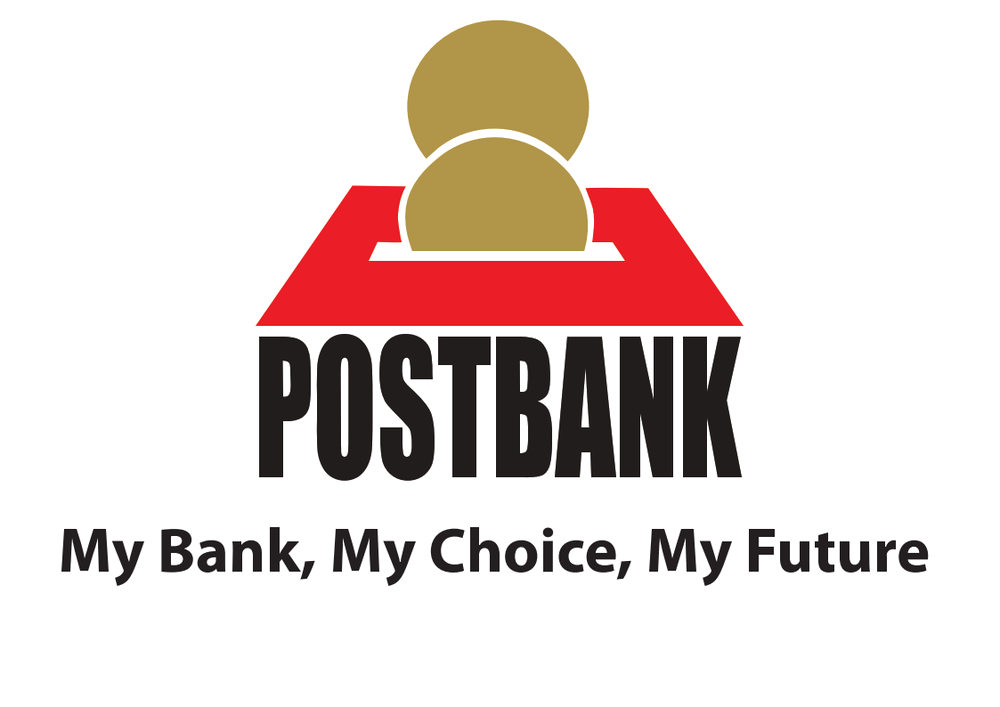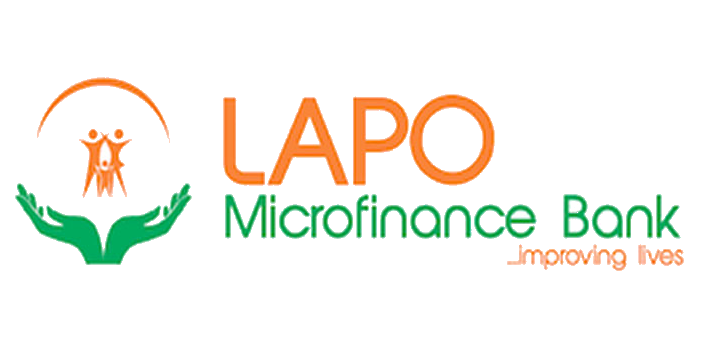The specificities of retail banking should be taken into account in the framework in order to make sure that the taxonomy works for all types of economic activities, such as SME lending, energy efficiency of residential real estate.
While the technical screening criteria of the taxonomy must remain consistent and encourage capital reallocation towards a sustainable economy, they should be selected so that they may be applied to all relevant financing activities without creating an excessive administrative burden for some players. In other words, all financial institutions should have the tools at hand to play a vital role in financing the transition to a more sustainable EU economy. Definitions should therefore be clear, and applicable indicators should ensure a sufficient degree of comparability.
Where criteria already exist in relevant legislation, such as in forestry, those criteria should be used and referred to. As a matter of legal certainty, financial contracts concluded before the framework to facilitate sustainable investment (Taxonomy Regulation) and the associated delegated acts enter into force should be grandfathered, out of their scope. Generally speaking, we regard it as important that the clients keep freedom of choice on whether to invest or lend in sustainable products.
A workable and dynamic taxonomy is essential to ensure a homogeneous inclusion of environmental considerations throughout the EU. The taxonomy needs to take into account SME lending and improvement of the energy efficiency of private real estate.
Also, to avoid conflicting objectives between environmental protection concerns and social objectives (prosperity and employment) the taxonomy and its delegated regulation should ascertain that greening the economy is fully coherent with the social aims supported by retail banks, sustaining local communities and SMEs, which is most crucial for innovation and job creation.
The European Commission should make sure regulation around sustainability always takes into account a policy measure’s social impact. Although ESBG acknowledges the fundamental importance of the fight against climate change, ESBG stresses the importance of building a holistic framework fostering both environmental and social goals. As the European Commission itself also pointed out in its action plan, the concept of sustainability rests on environmental and social considerations alike. Thus, we urge the decision makers to accelerate and focus their work on establishing social criteria. Beyond that, good governance principles and a commitment to good corporate citizenship are especially important in the financial sector.
Finally, considering that the Level 2 work will not be ready before the end of the year, more time is needed for a solid consultation process and in-depth discussion with stakeholders. Also, it would be reasonable to adjust the date of entry into force of the Regulation. The response to the COVID-19 outbreak has shifted the focus of financial institutions to essential regulatory and supervisory actions and is significantly limiting the available time of institutions to prepare the implementation of new legislation.
Identified Concerns
ESBG fully acknowledges the need to address the lack of clarity on what can be considered environmentally sustainable for investment purposes, to scale up green investment to meet the EU’s climate and energy targets for 2030 and 2050. The regulation establishing a framework to facilitate sustainable investment will play a central role, as it will not only harmonise national public taxonomies but also define standardised disclosure obligations on financial market participants. It should hence be the basis for upcoming legislations relating to sustainability in finance. As an indispensable milestone, the taxonomy should be made operative before regulatory measures relying on it are implemented and the different sustainable finance legislative proposals should be synchronised. Considering that the Level 2 work will not be ready before the end of the year in combination with the response to the COVID-19 outbreak that has shifted the focus of financial institutions to essential regulatory and supervisory actions and is significantly limiting the available time of institutions to prepare the implementation of new legislation, there is not enough time for a solid consultation process and in-depth discussion with stakeholders as well as for its implementation.
Why Policymakers Should Act
Because of the key role of the regulation establishing the sustainable finance taxonomy, defining a workable framework is absolutely necessary to ensure a homogeneous inclusion of environmental considerations throughout the EU and ensure the financing of the transition towards a low-carbon economy. Furthermore, it is important for policymakers to acknowledge the dynamic inherent to the transition process in order to reflect it in the taxonomy and make sure adequate incentives can be put in place. This is something the static approach of the current taxonomy cannot do. Also, securing simple and clear rules that are being applied with respect to the principle of proportionality contributes to the facilitation of the taxonomy regulation’s understanding and use by all financial market participants. Apart from that, it is essential for policy makers to ensure equal opportunities for all financial participants taking into consideration that the transition towards a more low-carbon EU economy involves structural sectoral changes, and changes in business models and skill requirements that take time and additional resources to implement, especially for SMEs. Lastly, given that a social taxonomy is already in the Commission’s plans and considering that banks are already requested to report their social impact although there is no social taxonomy yet, a common understanding of “Social Objectives” will be helpful for the industry. We urge policy-makers to also focus on the social dimension of sustainable finance as savings and retail banks in Europe have been doing for a long time.
Background
Acknowledging the urgent need to further promote sustainable growth, the European Commission published an Action Plan on Sustainable Finance in March 2018. The Action Plan set out 10 actions to reorient capital flows, manage financial risks stemming from climate change, resource depletion, environmental degradation and social issues, and to foster transparency and long-termism. One of the central pillars was to establish an EU classification system for sustainable activities, i.e. an EU taxonomy The European Commission followed through on this action in May 2018 with a proposal for a regulation on the establishment of a framework to facilitate sustainable investment (Taxonomy regulation). Meanwhile, the regulation was published in the Official Journal of the EU and entered into force on 12 July 2020. It will apply in two stages: as of 1st January 2022 for the first 2 environmental objectives (climate change mitigation and adaptation) and as of 1st January 2023 for the 4 other environmental objectives. The Taxonomy Regulation sets out four requirements for economic activities to comply with in order to qualify as environmentally sustainable, for the purpose of establishing the degree of environmental sustainability of an investment (art. 3). Economic activity should:
- Contribute substantially to one or more of the environmental objectives;
- Not cause significant harm to any of the environmental objectives;
- Must be carried out in compliance with minimum safeguards (such as adherence to international social and business standards and conventions);
- Must comply with technical screening criteria.
Under art. 5 of the Regulation, environmental objectives are:
- climate change mitigation;
- climate change adaptation;
- sustainable use and protection of water and marine resources;
- transition to a circular economy;
- pollution prevention and control;
- protection and restoration of biodiversity and ecosystems
Moreover, the Regulation introduces disclosure requirements for financial market participants, i.e. institutional investors and corporates preparing non-financial statements under the EU Non-Financial Reporting Directive to disclose how and to what extent their underlying investment and company’s activities are associated with environmentally sustainable economic activities as defined in the Regulation. The regulation also includes a clause allowing the Commission to consider extending the Taxonomy to harmful activities (so-called “brown taxonomy”).
The Taxonomy Regulation tasks the Commission with establishing the actual list of environmentally sustainable activities by defining technical screening criteria for each environmental objective. These criteria will be established through delegated acts. The taxonomy for climate change mitigation and climate change adaptation should be established by the end of 2020, in order to ensure its full application by end of 2021. For the four other environmental objectives, the taxonomy should be established by the end of 2021 and will apply by the end of 2022. The first company reports and investor disclosures using the EU Taxonomy are due at the start of 2022.
related
European Banking Authority (EBA) on ESG risk management
The European Savings and Retail Banking Group (ESBG) submitted its response to the consultation launched by the European Banking Authority (EBA). ESBG insists on the need for consitency with CSRD and CSDDD, the addressees of this guideline should also
Enhancing Transparency in Bank Disclosures: ESBG delivers comprehensive response to the EBA’s Pillar 3 data hub consultation
On 14 December 2023, the European Banking Authority (EBA) published a discussion paper on the Pillar 3 data hub processes and its possible practical implications.
IASB Exposure Draft (ED) on Financial Instruments with Characteristics of Equity
On 29 November 2023, the International Accounting Standards Board (IASB) proposed amendments in an Exposure Draft to tackle challenges in financial reporting for instruments with both
ESBG’s response to the EFRAG Comment Letter on Financial Instruments with Characteristics of Equity
On 29 November 2023, the International Accounting Standards Board (IASB) proposed amendments in an Exposure Draft to tackle
ESBG advocates for increased clarity and streamlining of supervisory reporting requirements
On 14 March, ESBG submitted its response to the European Banking Authority (EBA) consultation on ITS amending Commission Implementation Regulation (EU) 2021/451 regarding supervisory reporting
WSBI-ESBG advocates for robust implementation of the BCBS Pillar 3 framework for climate-related financial risks
On 14 March, WSBI-ESBG submitted its response to the Basel Committee on Banking Supervision (BCBS) consultation on its Pillar 3 disclosure framework for climate-related financial risks
ESBG stresses the need for consistency and clarity in its Response to the SFDR Review Consultation
ESBG submitted its response to the European Commission’s consultation on the SFDR review, aiming to enhance transparency in sustainability-related disclosures within the financial services sector
ESBG response to the EBA’s consultation on Guidelines on preventing the abuse of funds and certain crypto-assets transfers for ML/TF
The guidelines on the “travel rule” delineate the actions that Payment Service Providers (PSPs), Intermediary PSPs
ESBG responds to the SRB consultation on the future MREL policy
The European Savings and Retail Banking Group (ESBG) submitted its response to the consultation launched by the Single Resolution Board (SRB) in December 2023 on the future of the Minimum Requirement for own funds
ESBG’s response to the Commission’s consultation on the GDPR
The primary EU legislation ensuring the fundamental right to data protection is the General Data Protection Regulation








































